Nestled within the walls of the Basilica of St. Mary Major (also known as Santa Maria Maggiore) in Rome, the Chapel of the Nativity is home to the oldest known Nativity scene figurines.
These marble sculptures, created by Arnolfo di Cambio in the late 13th century, were commissioned by Pope Nicholas IV, the first Franciscan pope. Inspired by St. Francis of Assisi’s creation of the first living Nativity in Greccio, Italy in 1223, the figurines depict St. Joseph, the three Magi, and a cow and donkey.
Sante Guido, an art historian and professor at the Pontifical Gregorian University, stated that five of the figures are original to the 13th century, while the statue of the Virgin Mary and baby Jesus underwent significant restoration in the late 16th century.
The Nativity scene can now be viewed by the public in the Marian basilica’s Sistine chapel, located to the right of the main altar.
While Christ’s birth has been depicted in various forms throughout Christian history, this particular Nativity scene holds a special significance as it is the first of its kind.
As Guido explained,
“in the history of Christianity there are many depictions of the Nativity of Christ, of course, even on the early Christian sarcophagi, but also in the Romanesque cathedrals and in the Gothic cathedrals there are depictions of an episode in the life of Christ: his birth.
Here instead we have the representation of the Nativity, according to the spirit of St. Francis, so this Nativity is the first Nativity scene in history. It is not only a representation of the Nativity, but it is a Nativity scene.”
Photo credit: Bolo77 via Wikimedia



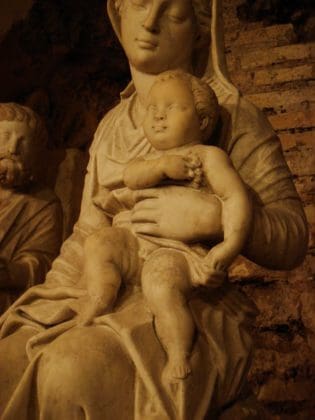
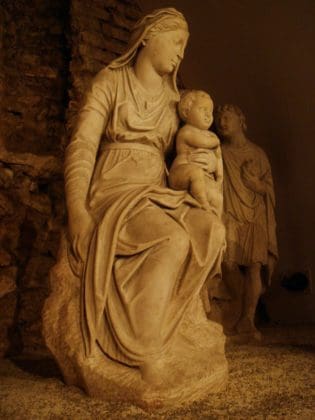
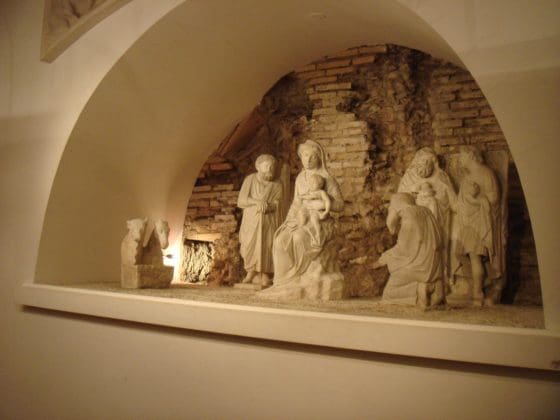
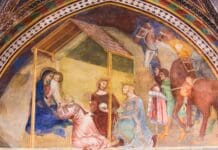
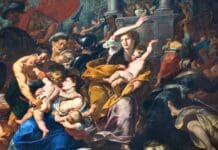
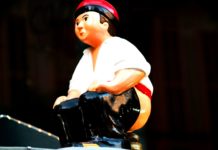












Merry Christmas. Jesus, Mary, and Joe – Pray for us.